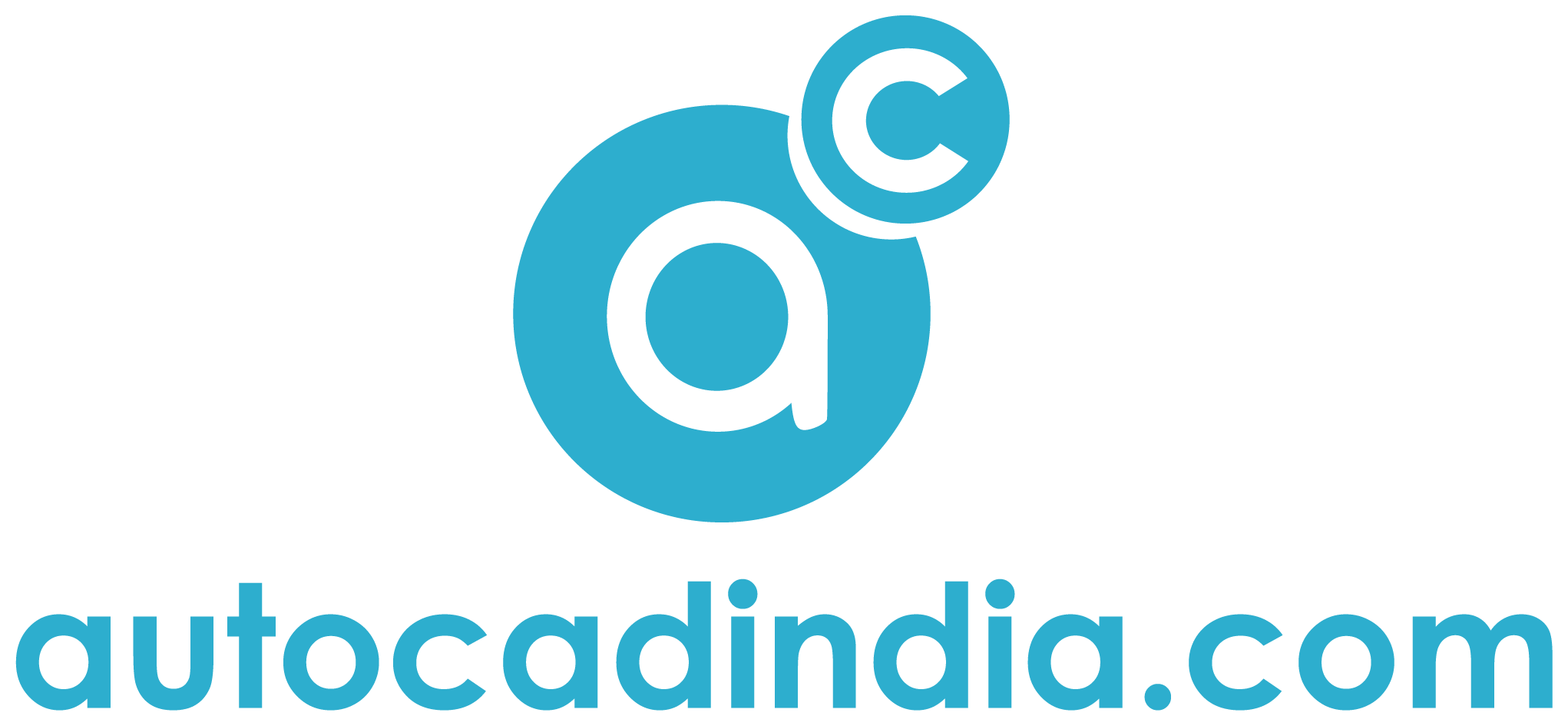Ergonomics In Design: Find Out What You Are Missing
- August 30, 2022
For product development, ergonomics in design is one of the crucial things in design. By ergonomics, what does come into our mind? Simply put, ergonomics is a long-term observation of how different people interconnect with objects. It looks at how people use products and how they can be improved for a better user experience.
Poorly designed objects can lead to discomfort and even injuries, so it’s important to get them right from the beginning. In this post, we’ll take a closer look at what ergonomics is and how you can apply it to your designs.
What Is Ergonomics in Design?
When you’re designing a product, it’s important to take into account how the product will be used. That’s where ergonomics comes in.
People’s interaction with different objects or workplaces is the ultimate field of Ergonomics works. It’s all about making sure that the object is designed in such a way that it’s easy and flexible to use. And that’s important for two reasons.
First, it’s important from a safety standpoint. You want to make sure that people aren’t going to hurt themselves when they’re using the product. Second, it’s important from a usability standpoint. You want to make sure that the product is easy and comfortable to use so that people will want to use it.
If you’re not sure what makes for good ergonomic design, there are plenty of resources out there to help you out. Just do a quick search online and you’ll find everything you need. However, before you ensure an ergonomic design for your project, you must also know about architectural plans to sync them together.
Why Is Ergonomics in Design Important?
You may be wondering why ergonomics is such a big deal when it comes to product design. After all, you can just adjust to whatever design you’re given, right?
Well, not exactly. Poorly designed products can lead to long-term health problems. Carpal tunnel syndrome, back pain, and neck pain are just a few of the issues that can be caused by using poorly designed products day in and day out.
That’s where ergonomics comes in. An ergonomic design takes into account how people use a product and makes necessary adjustments so that everyone—not just people with extreme body types—can use it comfortably. We can conclude that Ergonomics is all about creating an interactive and user-friendly environment for all.
While purchasing a brand-new product, make sure to check for the ergonomic seal of approval. It means that the designers have put in the extra time and effort to make sure their product is safe and flexible for everyone to use.
How Can Ergonomics in Design Be Used in Product Design?
While designing a product, do ensure that it will be both feasible and usable by its end customers. Ergonomics is the study of how people interact with objects, and it’s a key factor in good product design.
If you can make sure that your product is ergonomic, it will be more user-friendly UI based, and easier to use. This should be heavily supported for regular essentials, i.e computer keyboards, and office chairs.
But ergonomics isn’t just about making things comfortable. It’s also about averting damages from happening. If you can design your product so that it’s more ergonomic, you can help reduce the risk of musculoskeletal disorders (MSDs) for your users.
So why not give ergonomics a try in your next product design? The result will bring out of your project will leave you amazed!
Read more: 10 Best 3D Modeling Software Free
Application of Ergonomics in Design
When you’re looking for a good ergonomic design, you need to think about the comfort and safety of the person using the product. Here are a few examples that have set a nice reference for ergonomics in design.
-Office chairs that adjust to the user’s body size and shape
-Beds with adjustable mattresses and bed heights
-Cars that feature flexible chairs and steering wheels
-Screens and monitors that can be tilted or rotated to adjust to the user’s height
All of these products take into account the fact that people come in all different shapes and sizes, and they’re designed to make it easier for people to use them in a way that’s feasible and safe.
How Can Ergonomics in Design Be Used in Daily Life?
You might be wondering how ergonomics in design can be used in your daily life. Here are a few examples for you.
One way is by using ergonomic products. There are all sorts of ergonomic products on the market these days, from keyboards and mice to chairs and mattresses. Using these kinds of products can help you avoid injuries and stay safe while you’re working or relaxing.
Another way to use ergonomics in design is by making sure your home or office is set up correctly. This means arranging your furniture so that it’s flexible and easy to use. You can also include some ergonomic accessories, like a footrest or a desk lamp.
By using ergonomics in your everyday life, you can make sure that you’re always working and living in a healthy, and homely environment.
When it comes to good ergonomic design, there are many advantages of ergonomics in design. For one, your employees will be more comfortable, which means they’ll be more productive. A good ergonomic design also helps to prevent any damage, which can be expensive and time-consuming.
Advantages of Good Ergonomics in Design

But ergonomics isn’t just about making your employees feel at home. It’s also about making your products more user-friendly. Think about it—if a product is difficult to use, people aren’t going to want to use it, no matter how comfortable it is. That’s why ergonomics is so important in product design. By making your products more user-friendly, you make them more appealing to consumers.
So when you’re thinking about your next design project, make sure you keep ergonomics in mind. It may not seem like a top priority, but it can also bring good results in the end.
Final Verdict
Good ergonomic design is important in creating products that are not only esthetically pleasing but also practical to use. By considering the needs of the user when designing products, companies can create items that are not only more feasible and efficient to use but also safer and less likely to cause injury.
If you are planning on designing new products and want to do more than just provide the guarantee, you must have a proper sense of ergonomics in design. Our article covered different aspects of ergonomics. We hope it’s enough for a beginner to plan his/her upcoming projects with ergonomics in mind. However, if you have any questions about “Ergonomics in Design”, feel free to leave a comment.
